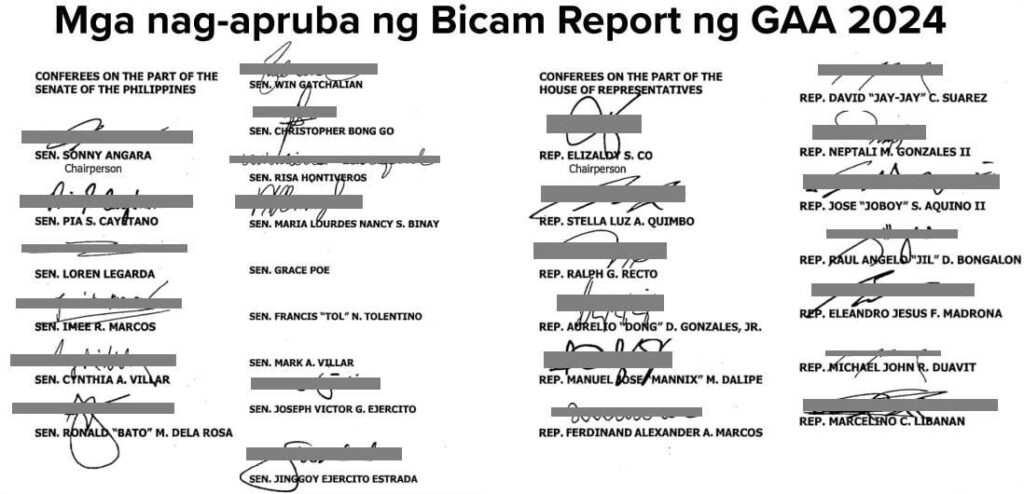By RAFFY GUTIERREZ
The MMDA recently made headlines by pointing fingers at the Dolomite Beach project as the culprit behind the recurring floods along Taft Avenue. According to MMDA Chair Don Artes, three major drainage outfalls—Faura, Remedios, and Estero San Antonio Abad—were permanently closed during the Manila Baywalk rehabilitation. As a result, rainwater that used to drain naturally into Manila Bay is now forced to reroute through a nearby sewage treatment facility that wasn’t built to handle that kind of volume. The result: flooding. Again. Still.
But here’s the real issue—it’s not just the closure of drainage systems. It’s a glaring, concrete example of how the Philippines continues to lag behind in technology, especially when it comes to urban planning and flood control. This isn’t just about dolomite. It’s about a nation still plugging holes with sand while other countries are building advanced defenses against the very same water we keep drowning in. It’s about a society who is also notorious for littering on their streets with absolute disrespect for their environment which undeniably worsens the flooding situation. The fact that waste management itself is already a huge problem doesn’t help towards making the flooding any better.
Let’s talk about the Netherlands, a country that exists partially below sea level. Centuries ago, the Dutch began developing flood control technology not out of luxury, but out of sheer necessity. Their system started with dikes and polders, evolved into canals and sluices, and today, they’ve built some of the most advanced hydraulic infrastructure in the world. The Delta Works and the Maeslantkering storm surge barrier are marvels of engineering—movable barriers that can automatically seal off rising tides when sensors detect abnormal levels.
The Dutch didn’t stop with concrete. They integrated data systems, real-time monitoring, and predictive modeling into their national flood strategy. Their flood protection system is now one of the most automated and intelligent networks in the world. And yet here we are—MMDA still relying on traditional drainage while pouring dolomite on coastlines, hoping aesthetics will outrun engineering.
This is where the technology gap becomes painfully clear. The Netherlands views water as a force to be engineered around. The Philippines? We still treat it like a surprise guest that shows up every rainy season, even when we invite it in with poor planning. What’s worse is that projects like Dolomite Beach aren’t just ineffective—they actively make existing systems worse by cutting off natural outflows.
The bigger frustration is that we could be doing better. We’ve had opportunities. We’ve had consultants. We’ve had international partners willing to help. But technology means nothing without political will, long-term planning, and competent leadership willing to look beyond photo ops and press releases.
If this country wants to get serious about flood control, we need to rethink everything—from how we design our cities to how we maintain our waterways. Why are we not implementing smart drainage systems? Why are our flood control projects not being integrated with climate data, AI forecasting, and IoT sensors? These technologies exist. They’re not future science fiction—they’re current, working tools used globally. Of course and almost as expected, the Philippines has been left behind once again.
Every monsoon season, we’re given a painful reminder that our outdated infrastructure and short-term political gimmicks have real, destructive consequences. We’re not just flooded with rainwater—we’re flooded with incompetence disguised as development. Meanwhile, the rest of the world keeps evolving while we stay submerged. It’s made more embarrassing and shameful when the President himself somehow suggests that Filipinos in flooded areas should just save the rain water for the dry season.
So yes, Dolomite Beach may be a convenient scapegoat. But the truth is uglier: the beach didn’t cause the flood because the simple truth is that the flooding there has already been happening for decades. This was not a problem caused by the Duterte administration, as it had already existed in the first place. Our refusal to adopt real, modern technology did. And unless something changes—something deep, structural, and digital—we’ll be writing this same column again next year… and the year after that.
Until we stop blaming the past and create real plans to make the future deal with flooding in a better manner, until we can learn from countries who have already shown the way how to do it, let’s not be surprised when flooding will just keep getting worse and worse. Maybe when we’re all underwater already our leaders might finally figure something out.
——–
Disclaimer: This article is based on verified public statements from the MMDA and global studies on flood management, particularly from the Dutch Ministry of Infrastructure and Water Management. This commentary is intended to inspire reform, not target any individual or institution personally.
———-
Rafael “Raffy” Gutierrez is a veteran Technology Trainer with over 25 years of experience in networking, systems design, and diverse computer technologies. He is also a popular social media blogger, well-known for his real-talk, no-holds-barred outlook on religion, politics, and philosophy.




